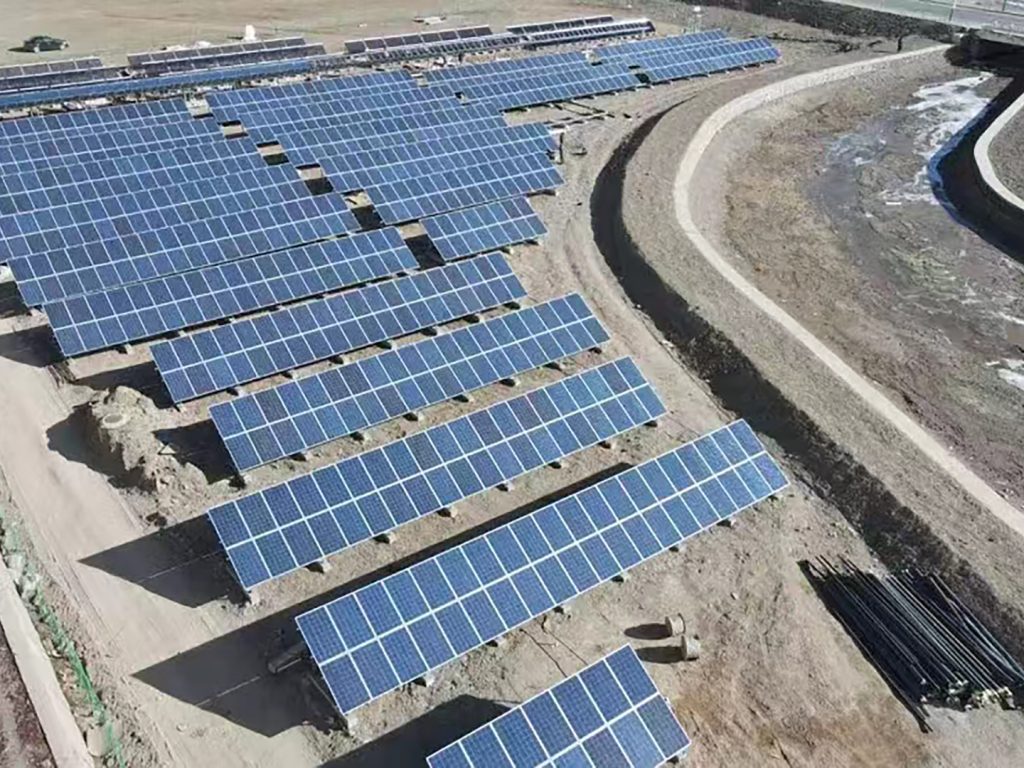As the global push toward renewable energy intensifies, wind power stands as a key pillar of the transition to a sustainable future. Among wind power technologies, wind turbines are the most widely adopted, primarily coming in two types: Horizontal Axis Wind Turbines (HAWTs) and Vertical Axis Wind Turbines (VAWTs). While both harness wind energy, their design differences significantly influence performance, application, and environmental suitability.
Design and Operational Differences
Horizontal Axis Wind Turbines (HAWTs)
The most common type globally, HAWTs feature a horizontally positioned rotor shaft and blades, resembling a traditional windmill. The entire turbine faces into the wind via a yaw mechanism for optimal wind capture.
- Rotor blades mounted on a horizontal shaft
- Require wind to hit blades head-on for maximum efficiency
- Installed on tall towers to access higher wind speeds
- Use a yaw system to rotate the nacelle toward the wind
Vertical Axis Wind Turbines (VAWTs)
VAWTs have a vertically oriented rotor shaft, allowing them to capture wind from any direction without reorientation.
- Blades rotating around a vertical axis
- No need for wind tracking systems
- Typically more compact and closer to the ground
- Suitable for urban and low-wind areas

Performance, Applications, and Market Outlook
Performance and Efficiency
HAWTs generally outperform VAWTs in energy conversion efficiency. Their aerodynamic blades and higher positioning enable access to stronger, consistent wind currents, particularly in open rural or offshore areas. With a significantly higher capacity factor (actual vs. potential output), they dominate utility-scale wind farms.
VAWTs operate at lower efficiency but excel in turbulent wind conditions, such as urban environments or near buildings. While output is lower, they are favored for aesthetics, noise reduction, and space constraints.
Installation and Maintenance
HAWTs, especially large-scale models, require extensive infrastructure (tall towers, deep foundations) and complex logistics. Maintenance involves working at heights, increasing risk and cost.
VAWTs are simpler to install and maintain, with most components near the ground. This makes them ideal for residential, commercial, or community projects. Their compact size and modularity enable deployment in previously unsuitable areas (rooftops, balconies, off-grid locations).
Application Scenarios
Best Suited for HAWTs:
- Utility-scale wind farms (onshore/offshore)
- Agricultural and rural environments
- High-wind regions with consistent direction
- Areas with ample open space
Best Suited for VAWTs:
- Urban and suburban areas with unpredictable wind patterns
- Rooftop installations for commercial buildings and residences
- Remote areas with limited installation infrastructure
- Integration with solar systems in hybrid renewable energy setups
Future Market Outlook
The global wind turbine market is expected to grow significantly over the next decade. Driven by government incentives and clean energy demand, it is projected to surpass USD 180 billion by 2032.
HAWTs will continue dominating large-scale projects due to efficiency and scalability, while VAWTs are poised for growth in distributed and urban applications. Innovations in design and IoT integration will enhance their competitiveness in smart city infrastructure.
Performance, Applications, and Market Outlook
HAWTs lead in efficiency for utility-scale deployments, while VAWTs offer versatility and urban adaptability. Together, they will shape the future of clean energy, catering to diverse environments and energy needs.
Ready to harness the wind? Contact us today for a free consultation on custom wind solutions tailored to your needs.
